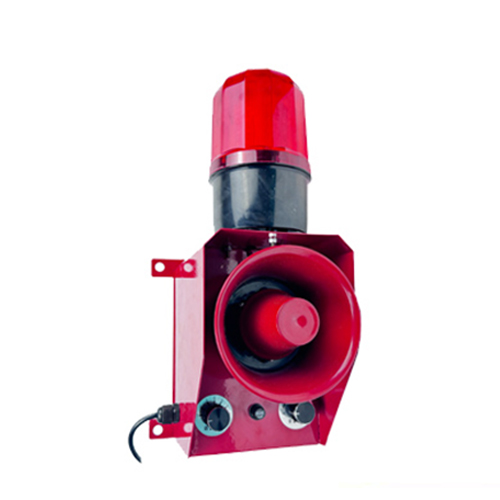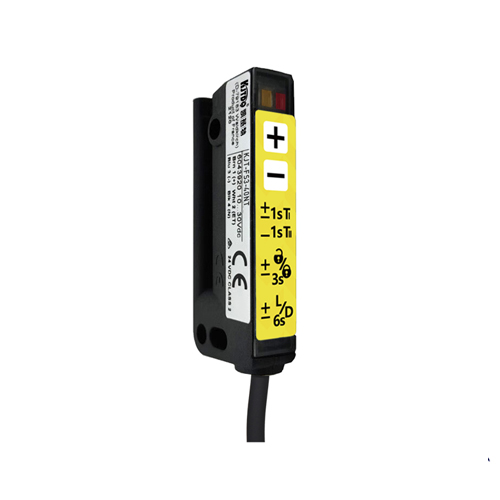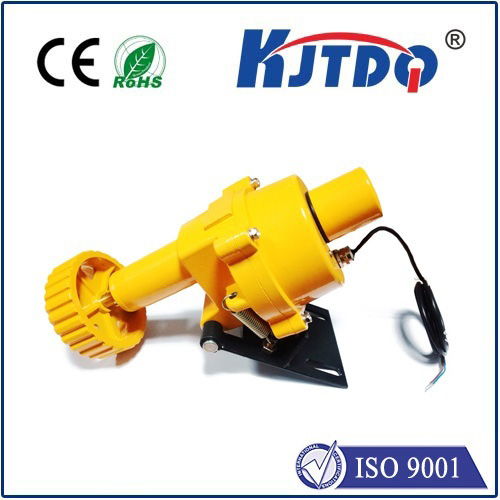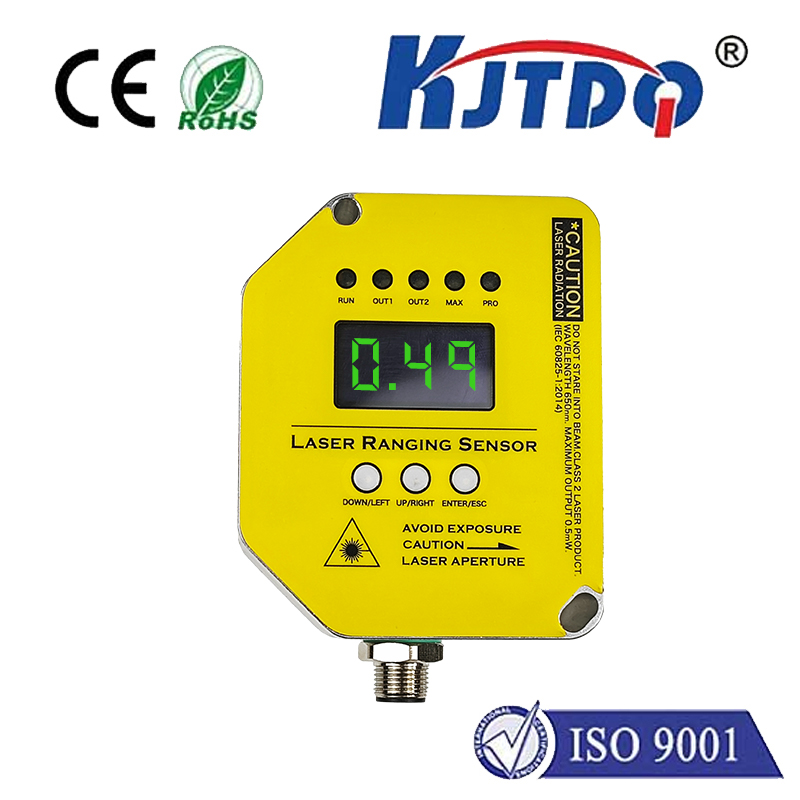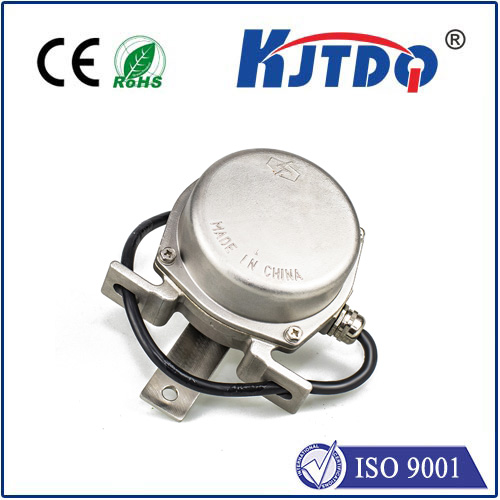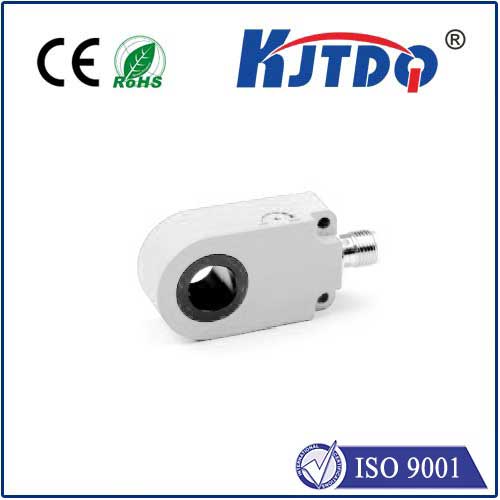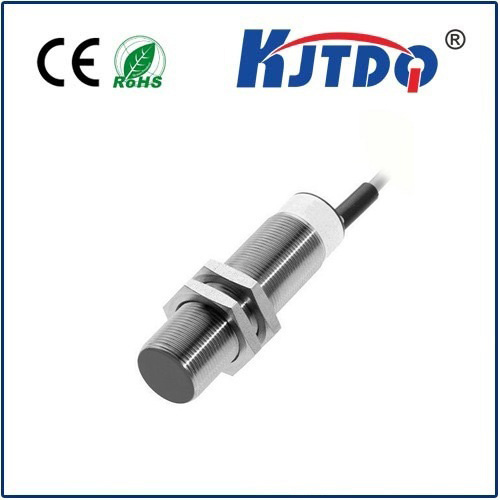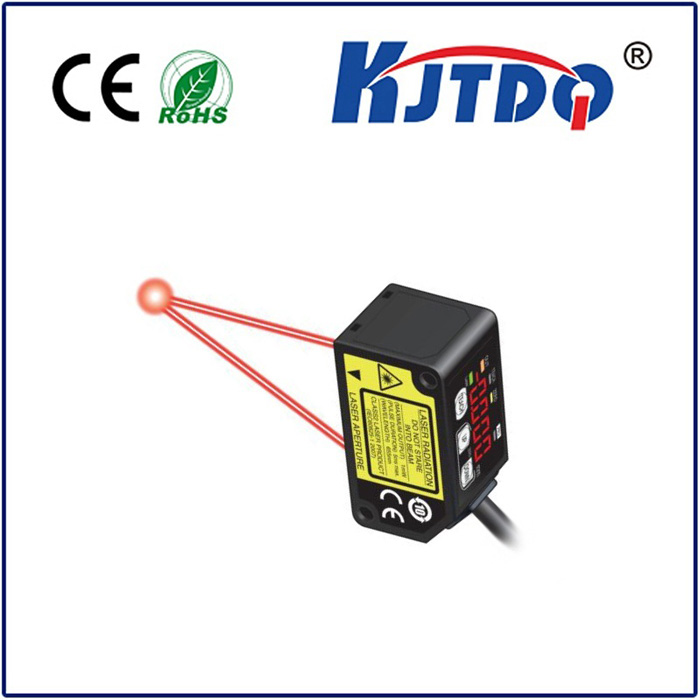omron pnp proximity sensor
- time:2025-07-15 08:57:24
- Click:0
Omron PNP Proximity Sensors: Precision Detection for Seamless Automation
Introduction: The Unseen Guardians of Modern Industry
Step onto any modern factory floor, automated warehouse, or intricate assembly line. Beneath the hum of motors and the dance of robotic arms lies a network of silent sentinels, tirelessly ensuring precision, safety, and efficiency. Among the most vital are proximity sensors – and when reliability and straightforward integration are paramount, Omron PNP proximity sensors stand as a cornerstone technology. These rugged electronic eyes detect the presence or absence of objects without physical touch, triggering countless actions that keep processes flowing smoothly. For engineers and maintenance professionals seeking dependable, high-performance detection solutions, understanding the specific advantages of the Omron PNP proximity sensor is key.
Decoding PNP: The Sourcing Output Advantage
Before delving into Omron’s specifics, grasping the “PNP” designation is crucial. It defines the sensor’s electrical output configuration:
- PNP (Positive-Negative-Positive): Also known as a “sourcing” sensor. When the target object is detected within its sensing range, the PNP sensor switches its output signal line to connect to the positive voltage supply rail (V+). Essentially, it sources current from the positive supply to the load (like a PLC input). Think of it as actively providing a positive signal when activated.
This contrasts sharply with NPN (Negative-Positive-Negative) sensors, which are “sinking” outputs, connecting the output to the negative supply (0V) when active.
Why Choose a PNP Configuration?
The choice between PNP and NPN often boils down to control system design conventions, particularly the type of PLC inputs used:
- Simplified Wiring for Common PLCs: Many Programmable Logic Controllers (PLCs), especially in Europe and globally in modern systems, are designed with “sourcing” input modules. These inputs expect a positive voltage signal to activate. Connecting an Omron PNP proximity sensor directly to a sourcing PLC input is typically plug-and-play – the sensor provides the positive voltage signal upon detection. This eliminates the need for additional pull-up resistors or complex wiring schemes often required when using NPN sensors with sourcing inputs.
- Intuitive Fault Finding: In many failure scenarios (like a broken wire leading to the sensor), a PNP sensor connected to a sourcing input will naturally read as “off” (no positive voltage). This can sometimes align more intuitively with the “no detection” state, simplifying troubleshooting for some technicians.
- Widespread Acceptance: PNP outputs have become the de facto standard in many industries and geographical regions for sensor-to-PLC communication.
Omron PNP Proximity Sensors: Engineering Excellence for Demanding Environments
Omron isn’t just a sensor manufacturer; it’s a global leader renowned for innovation, quality, and reliability. Choosing an Omron PNP proximity sensor means tapping into decades of expertise in inductive sensing technology. Here’s what sets them apart:
- Exceptional Sensing Distance & Stability: Omron engineers their sensors to provide generous and consistent sensing distances relative to sensor size. Even models with compact form factors offer impressive detection capabilities. Critically, this sensing distance remains stable despite temperature fluctuations and minor voltage variations, ensuring reliable operation day in and day out. Consistency is king in automation.
- Robust Construction & Durability: Industrial environments are harsh. Omron PNP proximity sensors are built to withstand them. Features often include:
- Premium Sealing: High IP ratings (like IP67, IP68, IP69K) protect against dust ingress and powerful water jets or temporary submersion.
- Superior Shock & Vibration Resistance: Engineered to endure the knocks and constant shaking common on machinery.
- Resistance to Electrical Noise: Advanced circuitry minimizes the impact of electromagnetic interference (EMI) from nearby motors, drives, or welding equipment.
- Wide Range of Options: Omron’s catalog covers virtually any application need:
- Form Factors: Shielded (flush-mountable), Unshielded (longer sensing distance), Cylindrical (M8, M12, M18, M30), Rectangular, Slot, High-Temperature variants.
- Connection Types: Pre-wired cables, Quick-Disconnect (M8, M12 connectors - often color-coded brown/blue/black for V+/0V/Output).
- Output Circuits: Beyond standard 3-wire PNP NO (Normally Open) or NC (Normally Closed), options include N.O./N.C. selectable, Analog output, and Namur (for intrinsically safe areas).
- Specialized Models: Resistance to cutting oils, welding splatter, extreme temperatures (-40°C to +200°C), or designed for specific metals.
- Advanced Features: Many Omron PNP sensors incorporate sophisticated technologies:
- Improved Resistance to Surrounding Metals: Reduced sensitivity to mounting brackets or nearby metal structures, preventing false triggers.
- Potentiometer Adjustment: Allows fine-tuning of sensitivity on certain models for tricky applications.
- IO-Link Connectivity: Smart sensors providing diagnostic data and parameter configuration digitally for Industry 4.0 readiness.
- Uncompromising Quality & Longevity: Built to rigorous standards, Omron sensors deliver outstanding operational life, minimizing downtime and replacement costs. Reliability isn’t just a feature; it’s a commitment.
Key Advantages Summarized: Why Omron PNP?
- Easy Integration: Direct compatibility with common sourcing PLC inputs simplifies wiring and reduces installation time.
- Robust Performance: Engineered to deliver consistent, accurate detection even in challenging industrial conditions.
- Superior Durability: High resistance to environmental hazards like dust, water, oils, vibration, and shock ensures longevity.
- Extensive Variety: A solution exists for nearly every object detection challenge.
- Trusted Brand: Backed by Omron’s global reputation for quality and innovation.
Selecting the Right Omron PNP Proximity Sensor: Key Considerations
To maximize the benefits, careful selection is essential:
- Detection Object: Inductive sensors detect metallic objects. What type of metal (steel, aluminum, brass, etc.)? Aluminum and non-ferrous metals generally require shorter sensing distances than steel.
- Required Sensing Distance: How far away does the sensor need to detect the object? Choose a sensor whose rated sensing distance comfortably exceeds your actual required distance (typically by 10-30%) to account for installation tolerances and variations.
- Mounting Constraints: Space limitations will dictate the sensor’s shape and size (cylindrical, rectangular, slot). Can it be flush-mounted (shielded sensor) or is non-flush mounting (unshielded sensor) possible for maximum range?
- Environmental Conditions: Exposure to water, oils, chemicals, extreme temperatures, welding splatter, or significant vibration/shock? Specify the required IP rating and any special environmental resistance features. Environmental resilience directly impacts sensor lifespan.
- Electrical Requirements: Supply voltage range (e.g., 10-30V DC), current consumption, and required output type (PNP NO, PNP NC).
- Output Configuration: PNP sourcing output is confirmed. Decide between Normally Open (Output OFF without target, ON with target) or Normally Closed (Output ON without target, OFF with target).
- Connection Type: Pre-wired cable or connector (M8, M12)? Connectors offer easier replacement.
**Applications Where Omron PNP Proximity











